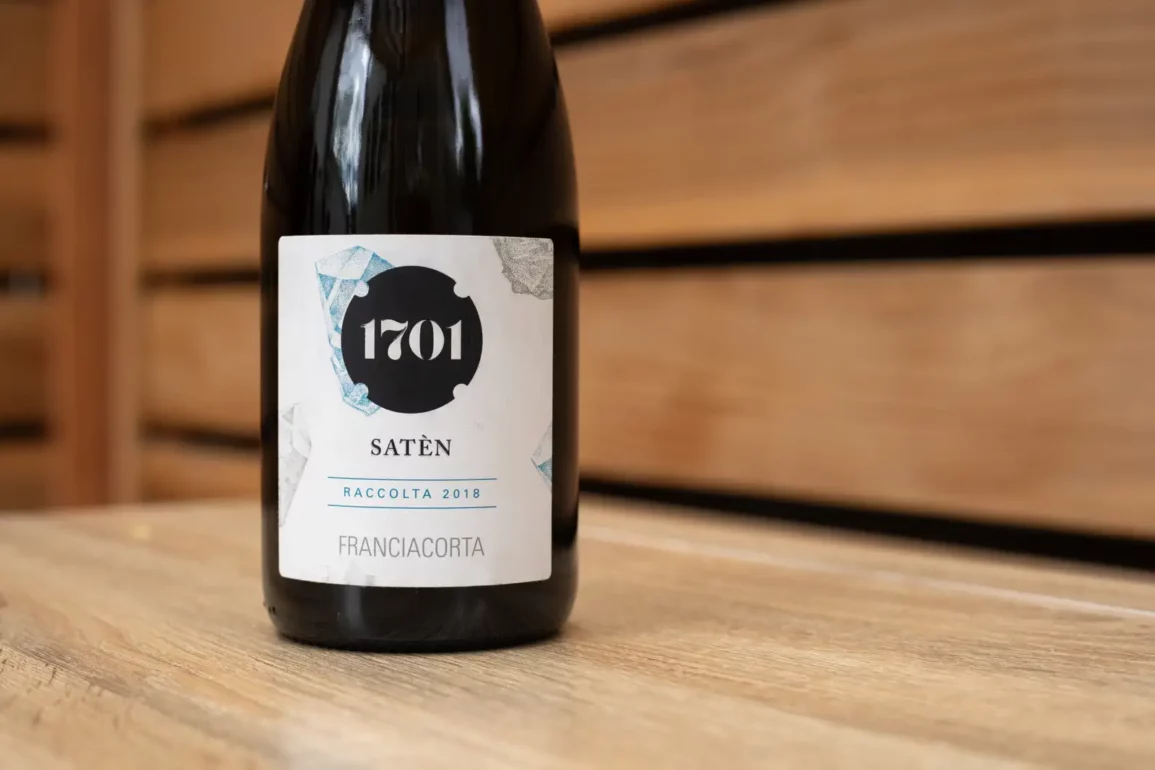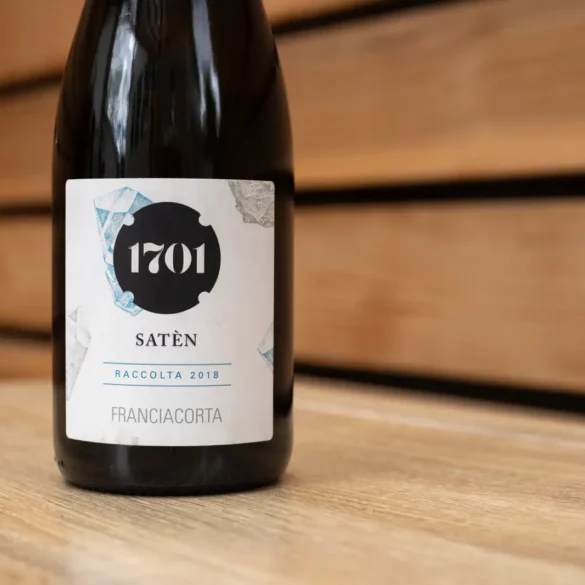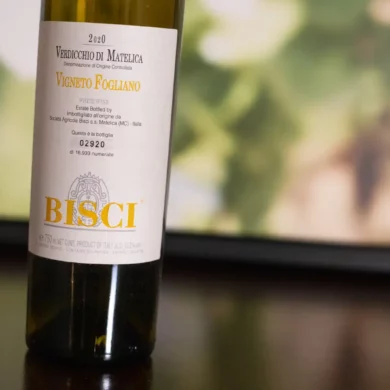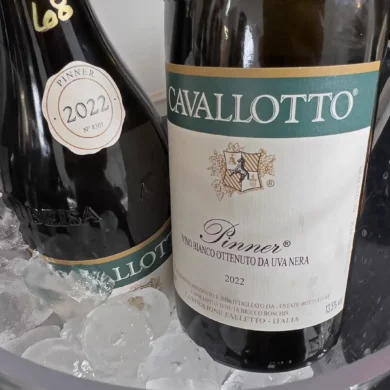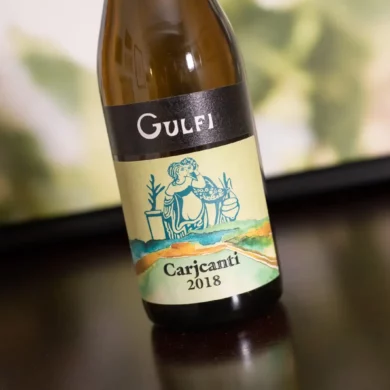One thing that consistency leaves me shrugging my shoulders with most traditional-method sparkling wines is the difference between Brut Nature/Zero, Brut, and Extra Brut.
Meaning “silky” in Italian, Satèn lives up to the name: refined, aromatic and structured, yet open for business upon first pour.
Oh, I can wrap my head around dosage and sugar levels and why they are important. You can, too. But given how the numbers defining these three specific categories overlap (0-3 g/L of sugar for Brut Nature/Zero, 0-6 g/L for Brut, 0-12 g/L for Extra Brut), and how nomenclature really comes down to a “dealer’s choice” of sorts, I’ve often found the differences obsolete. And separating the sensations between 5g/L and 10g/L is not as easy as it sounds, either.
Yet this is what producers often want to talk about: Try this Brut Zero. There is zero dosage.
Ok, yeah, its dry. So was the Brut. So was the Extra Brut. (And never mind that “extra” in this case doesn’t mean “more dry” …. and by more I mean less … sugar, that is. See what I mean?)
When the day is done, the facts is this: Like rosé, the traditional-method sparkling wine category is plagued with a lot of sameness. This wrangling over tiny technical points of difference on “Brutness?” It really doesn’t advance the conversation much with ordinary consumers.
But if there was a spectrum of difference that could, why not bars of atmospheric pressure? Then we’d have something immediately detectable. Then we’d have something to talk about.
Say Hello to Satèn
Enter Franciacorta’s Satèn style. Meaning “silky” in Italian, Satèn lives up to the name: it is a refined wine, with the aromas, tones and structure of the wine feeling immediately translatable upon first pour. That is because the wine is bottled at a lower atmospheric pressure (five bars) than standard Franciacorta (six bars). However, rather than tasting like a Champagne that you opened a few days ago, Satèn’s bubbles have even bit as much persistence on the palate. There’s just fewer of them. The vibe is more chill.
Forget dosage for a minute: This is achieved with lower sugar levels during the secondary fermentation, meaning less sugar consumption by the yeast, and less Co2 output (which also translates into less alcohol).
The wine featured below from biodynamic producer 1701 Franciacorta tasted just as silky and vivacious the second day as it did the first. Subtle and a little creamy, this Satèn possessed lovely aromatic details that reminded me of my wife’s annual Bread Day in the fall, when she invites family over to make a mess of our kitchen, all in the name of sweet, sweet gluten. On Bread Day, our house smells like heaven. I’d be lying if I said my score for this Satèn wasn’t influenced by a bit of personal nostalgia.
Those bakery aromas were created by the lees aging and a bit of oak barrel fermentation. Aggressive bubbles cloak all of this. They have to settle before you can get in there. In fact, I often assess traditional-method sparkling wines a good 20 minutes after pouring, simply because the vigorous gas rising from the rim produces a burning sensation that obscures. Satèn lets me through the door a little sooner.
Now Champagne does not have a category for such wines. Minus a few outliers here and there, it is a style unique to Franciacorta, and in my opinion, really the best thing the DOCG has going for it. With Thanksgiving on the horizon, now is the time to start hunting for a bottle or two. It is even more versatile at the table thanks to that mellow vibe.
2018 1701 Franciacorta Satèn Franciacorta Brut
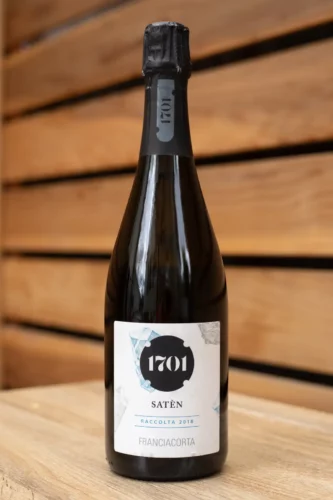 Franciacorta DOCG (Lombardy )
Franciacorta DOCG (Lombardy )
Grapes: Chardonnay (100%)
Alcohol: 12%
Opinion: ★★★★ 3/4 (out of five)
Food-friendliness: Impeccable
Value: As Expected
A beginner might like … the lower bars of pressure in this wine, which gives the overall experience an unrushed, easy-breezy feel. This wines has no abrasive edges whatsoever, yet it is not full bodied or rich either — a clever little trick.
A wine obsessive might like … once again, the lower bars of pressure in this wine, which translates into a quicker entry to the wine’s aromas, flavors, structure and intricate details. This wine’s first fermentation is done entirely with indigenous yeasts, and occurs mostly in stainless steel tanks. However, 25% of the fermentation occurs in third-passage French oak barrels, which I imagine accounts for a bit of the wine’s openness and elegance. The wine spends a total of 42 months on the lees.
Note: This wine was provided as a sample by the U.S. press representative for the Franciacorta DOCG. Learn more about our editorial policy.
